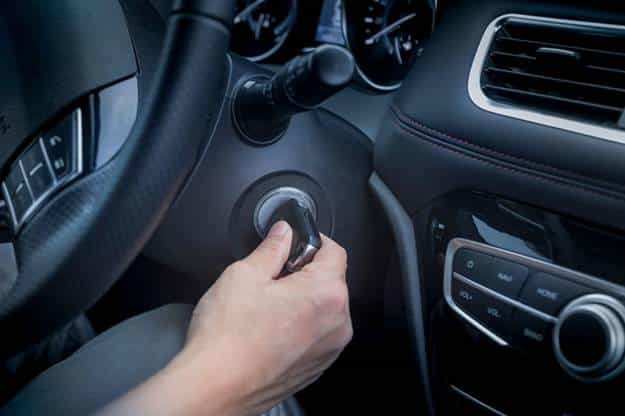The airbag light on your dashboard is a critical safety indicator. If it illuminates, it signals a potential problem with your vehicle’s Supplemental Restraint System (SRS), which includes airbags and seatbelts. Ignoring this warning could compromise your safety in a collision. This guide will explain why your airbag light might be on and provide step-by-step instructions on how to reset airbag light.
Understanding the Airbag Light
The airbag light, often symbolized by a figure with a deployed airbag or the acronym “SRS,” indicates a malfunction within the SRS. A functioning SRS is crucial for mitigating injuries during accidents. When the light is on, it means the system may not deploy correctly in a crash.
Common Causes of an Illuminated Airbag Light
Several factors can trigger the airbag light. Understanding these causes can help you troubleshoot the issue:
- Faulty Wiring or Connections: Damaged wiring or loose connections within the SRS can disrupt communication and trigger the warning light.
- Malfunctioning Sensors: The SRS relies on various sensors, including impact sensors and seat occupancy sensors. A faulty sensor can lead to an inaccurate reading and activate the light.
- Deployed Airbags: If the airbags have been deployed, even in a minor accident, the airbag light will remain on until the system is reset and repaired.
- Seat Belt Issues: Problems with the seat belt pre-tensioners or buckle mechanisms can also trigger the airbag light, as these systems are integrated with the SRS.
- Low Battery Voltage: A significantly low battery voltage can sometimes cause the airbag light to illuminate temporarily.
- Aftermarket Modifications: Modifications to the car’s electrical system or steering wheel can interfere with the SRS and activate the light.
How to Reset the Airbag Light
Several methods can be employed to reset the airbag light. However, it’s crucial to address the underlying cause first. Simply resetting the light without fixing the problem will not resolve the safety issue.
1. Restarting the Vehicle
Sometimes, a simple system reboot can resolve temporary glitches. Try turning the ignition on for 10-20 seconds, then off, and restarting the car. This may reset the airbag light if the issue was minor.
2. Checking the Passenger Airbag Switch
Some vehicles have a manual switch to disable the passenger airbag. Ensure this switch is in the “on” position.
3. Inspecting Seat Belts
Verify that all seat belts are functioning correctly and buckle securely. A malfunctioning seat belt can trigger the airbag light.
4. Securing Loose Objects
Heavy objects on the passenger seat can sometimes be misinterpreted by the occupancy sensor. Secure or remove any such objects.
5. Using an OBD2 Scanner
An OBD2 scanner can read diagnostic trouble codes (DTCs) stored in the car’s computer. This can pinpoint the specific cause of the airbag light. Consult a repair manual or online resources to interpret the codes and address the issue.
6. Seeking Professional Help
If the above steps fail to resolve the issue, consult a qualified mechanic. They have the expertise and tools to diagnose and repair complex SRS problems.
Test Drive After Resetting
After attempting to reset the airbag light, take a short test drive to ensure the light stays off and the system is functioning correctly.
Importance of Addressing the Airbag Light
Ignoring an illuminated airbag light puts you and your passengers at risk. A malfunctioning SRS can have dire consequences in an accident. Addressing the issue promptly ensures your safety on the road.


